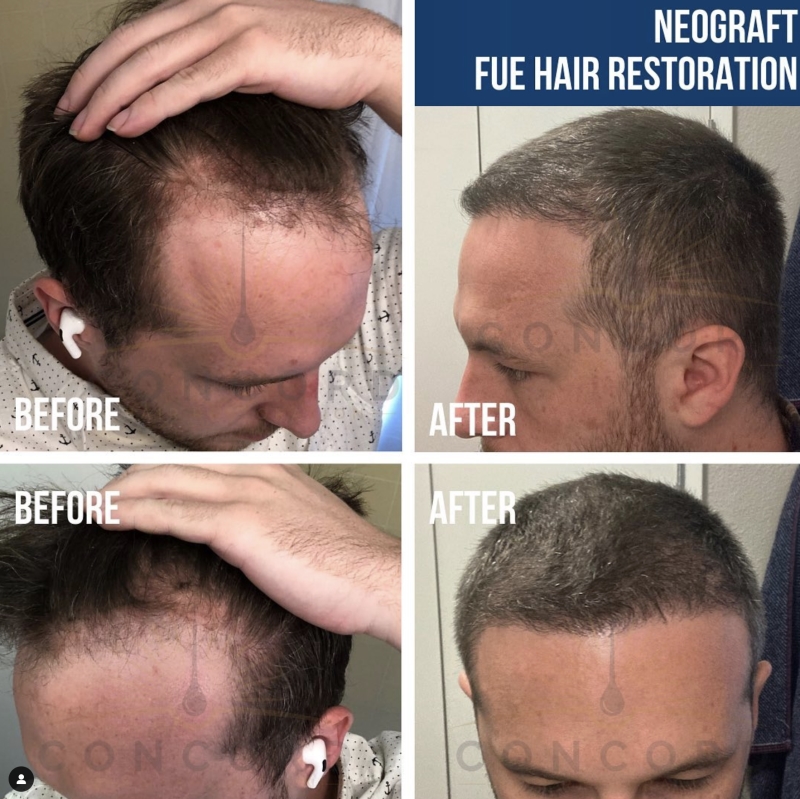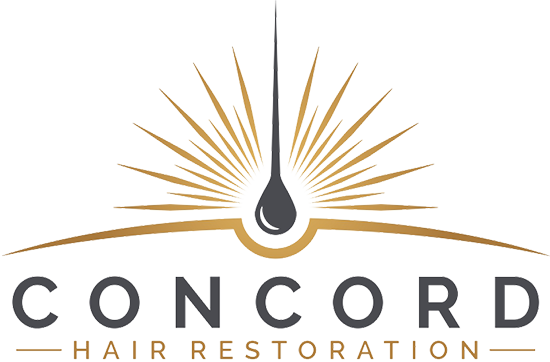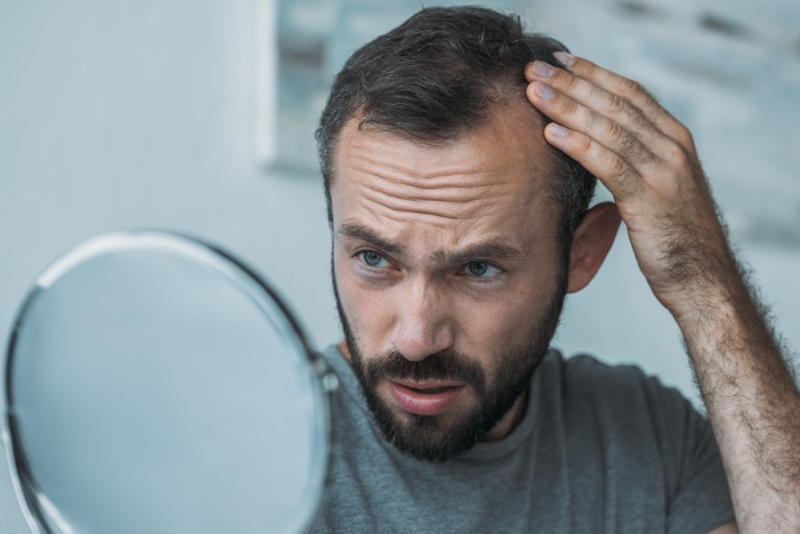The first question you may ask is, “Is hair replacement risky?” If you’ve been a smoker for any time, you’re at higher risk for complications during and after surgery. The same goes for people who have a family history of cancer. The procedure is also not as simple as it seems. A hair transplant has been associated with dislodged grafts or cysts. These cysts are usually about two to three millimeters in diameter and will not affect the final result of the procedure.
Smokers are at increased risk of complications from surgery.
One of the most common risks associated with hair replacement surgery is smoking. Smokers tend to have thicker blood than nonsmokers and are less likely to allow the anesthetic to properly clot. It is important for the safe completion of the surgery as it prevents bleeding and preserves the incision site. Smoking can also significantly delay recovery and increase the risk of health complications, including infection.
Cysts can develop after a hair transplant.
After many grafts have been transplanted, cysts can develop. The size of a cyst is usually two to three millimeters and is similar to a small pimple. Cysts that form after a hair transplant will generally resolve on their own within two to three weeks. A surgeon will perform a draining procedure if the cyst is large or bothersome. After the surgery, hair follicles may become inflamed and cause localized infections. These are temporary and often resolved with proper hygiene and light meals. Occasionally, a cyst may develop beneath the skin, requiring surgical excision. Although cysts are rare, you should evaluate them as they are usually not serious. If they develop, ingrown hair may also occur in the recipient area.
Recovery time for a hair transplant.
Recovery time for a hair restoration varies greatly depending on the surgery performed. While standard strip surgery can leave a large scar and a lengthy recovery time, hair transplant procedures follow the same principles. Patients will likely experience minimal discomfort after the procedure and can return to work a few days after the operation. For best results, you should consult with your surgeon to determine the timeframe for your recovery.
Body hair can be used as a source of donor hair.
Some patients may be interested in body hair as a source of donor hair for hair transplants. The head’s hair from the back and sides is particularly useful as a donor area. However, scientists are exploring the potential of the chest, leg, and pubic hair as potential donor hair sources for hair replacement surgeries. Here are some advantages of body hair as a source of donor hair. While hair from the head is preferred, the chest and beard can also be used as a source of donor follicles. These locations offer greater density than that found on the head, and they may even conceal scars from the donor site. Chest and beard hair can be used as a source of donor’s hair for hair replacement, but beard and chest hair are not ideal for this purpose.

FUE is a less invasive procedure.
The primary difference between FUE and the traditional follicular unit transplant is the procedure’s method of harvesting hair. In traditional transplant procedures, surgeons harvest hair in strips or small sections, resulting in a large linear scar. Patients who opt for this procedure may experience pain and a longer recovery time. They may also lose the sensation in their scalps afterward. However, the benefits far outweigh these drawbacks, making FUE the preferred procedure for hair replacement.
FUE involves less pain and scarring.
The main difference between FUE and FUT is that FUE involves less pain and scarring. Additionally, patients can return to normal activities on the day of the procedure, meaning minimal downtime and reduced social obligations. Post-op care is generally not required, but the patient may experience some soreness in their scalps for a few days. Pain medication, such as ibuprofen, is usually sufficient to manage any post-operative discomfort.
See if you’re a candidate for hair restoration today
Hair restoration specialist Dr. Ben Mousavi believes that men and women suffering from hair loss deserve to benefit from this superior technique which provides a natural-looking appearance as well as permanent results!

